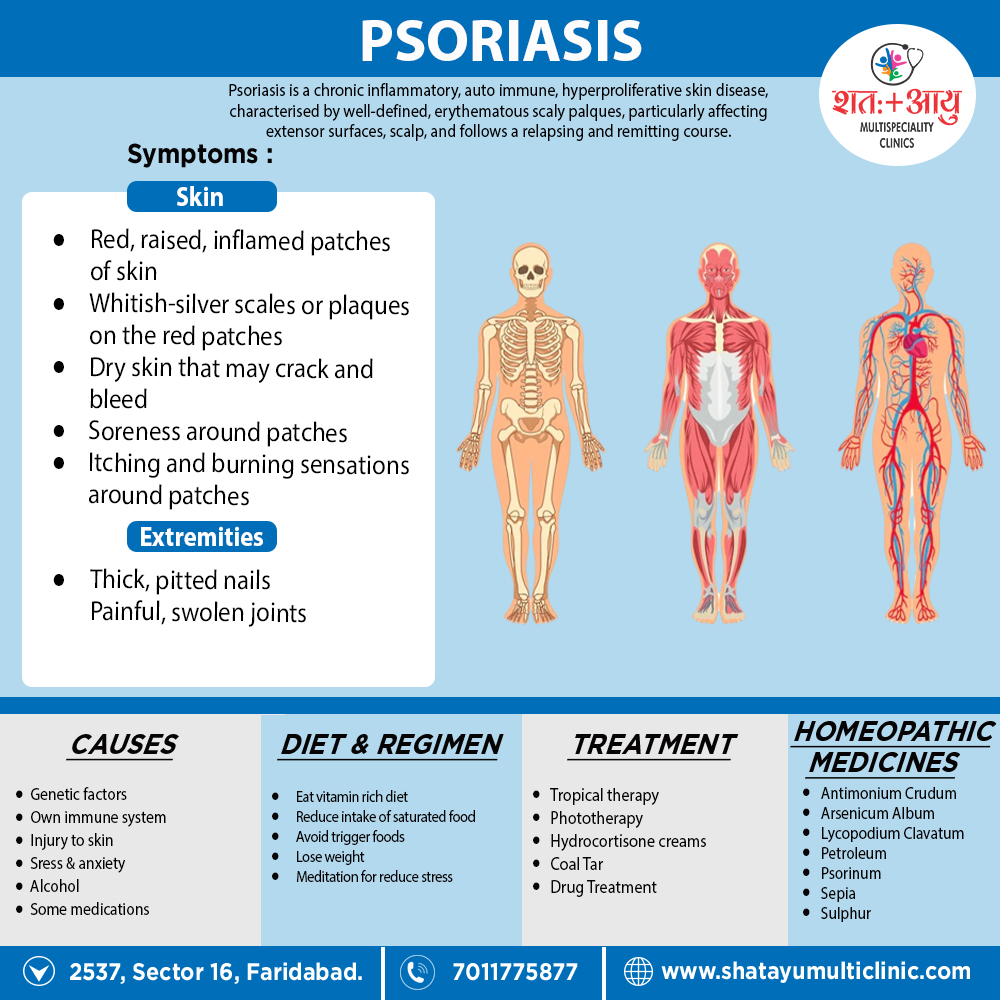Overview
- It is affects approximately 1.5–3% of Caucasians and is less common in Asian, South American and African populations.
- It occurs equally in both sexes and at any age; although it is uncommon under the age of 5 years, more than 50% present before the age of 30 years.
- Furthermore, The age of onset follows a bimodal distribution, with an early-onset type in the teenage or early adult years, often with a family history of psoriasis and more severe disease course. [1]
- It is an autoimmune condition that causes cells to develop rapidly on the skin.
- This overgrowth can lead to thick, scaly plaques that may either itch or cause discomfort.
- In detail, there are several different types of psoriasis that vary, depending on the appearance of the scales and their location on the body.
- In the United States, over 8 million people have psoriasis.
- Environmental triggers often cause symptoms of psoriasis to flare.
- While a person cannot cure these symptoms, additionally recent developments in psoriasis treatment mean that they can reduce the number of flares, and their severity. [2]
Other factors
- Inflammation also redness around the scales is fairly common.
- Typical psoriatic scales are whitish-silver and develop in thick, red patches.
- Sometimes, these patches will crack and bleed.
- Besides this, It is the result of a speed-up skin production process.
- Typically, skin cells grow deep in the skin also slowly rise to the surface.
- Eventually, they fall off.
- The typical life cycle of a skin cell is one month.
- In people with this disease, this production process may occur in just a few days.
- All in all, Because of this, skin cells don’t have time to fall off. This rapid overproduction leads to the buildup of skin cells. [3]

